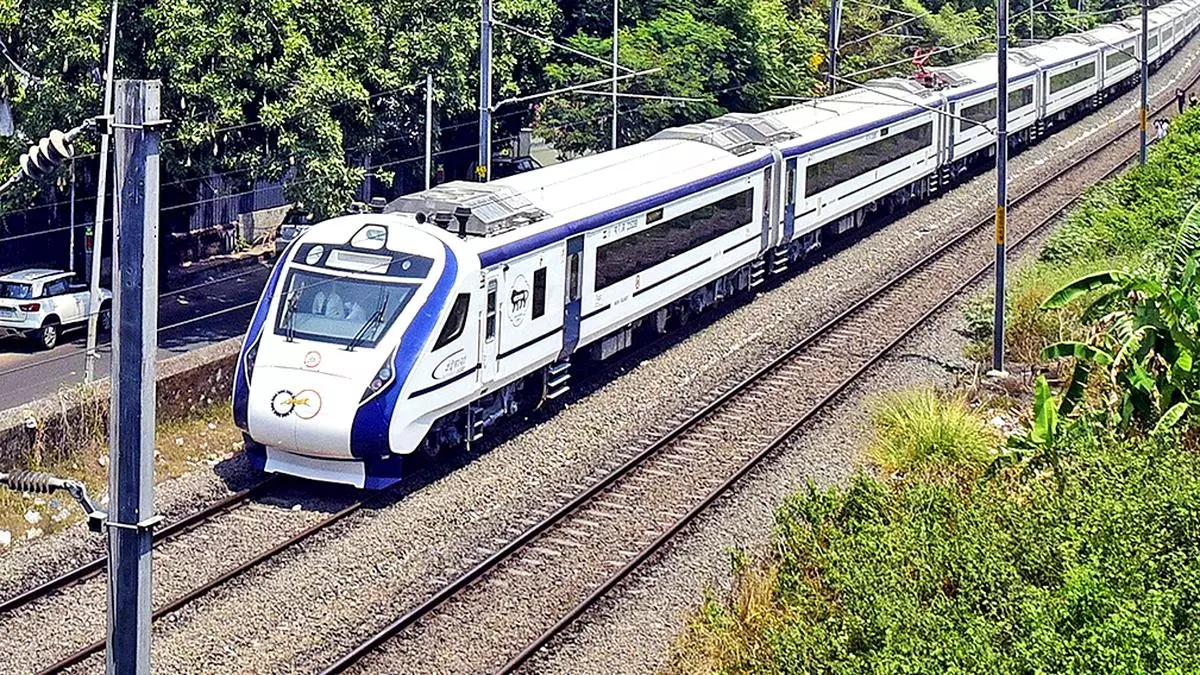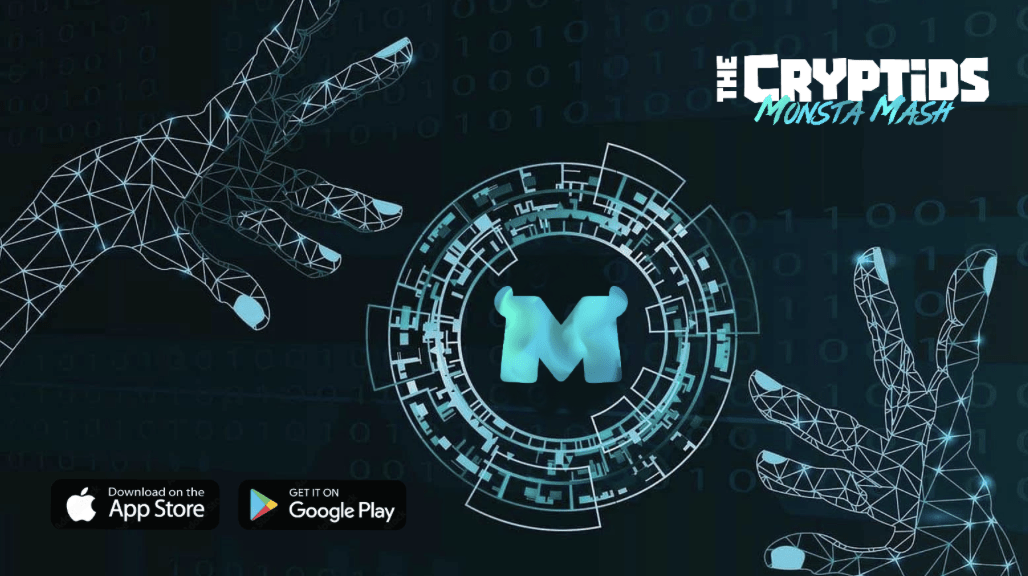In a modest room at IIT-Madras, the embryo of a (literally) ‘far-reaching’ technology has just got its first heartbeats. On December 24, a Section 8 (not-for-profit) company, styled ‘IITM CDoT Samgnya Technologies Foundation’, received a formal approval from the Ministry of Corporate Affairs.
The company is building India’s home-grown quantum internet with local access, or QuILA. A 550 km fibre optic cable between Chennai and Bengaluru, and another 2,200 km cable between Bengaluru and Delhi will form the backbone of a network that will carry tamper-proof quantum signals.
The team at the newly formed company is drawing up a detailed project report to secure funds from the ₹6,003-crore National Quantum Mission; but work on the project is furiously underway.
Looking at the tiny components strewn on the table, you would scarcely guess what they are meant to become. What you see resembles just a printed circuit-board with wires sticking from it — far from the big, buzzing machines one may have expected. Incredible as it may seem, this is the testbed for India’s quantum internet, developed by the Centre for Quantum Information, Communications and Computing (CQuICC), which is one of the four ‘hubs’ under the mission. Each hub has a specific mandate — the one in IIT-Madras is for ‘quantum communications’.
Indigenised nodes
CQuICC has already developed a quantum line, with ‘Alice’ (the sender point) and ‘Bob’ (receiver) five km apart, between IIT-M and the National Informatics Centre (NIC), via IIT-Madras Research Park and the Society for Electronics Transactions Security (SETS). That, of course, is for starters. The Alice and Bob nodes are imported and cost ₹2 crore each; the task before the centre is to indigenise them and make them available for a tenth of the imported cost, apart from averting the national security worries that imported components can potentially pose, says Pradeep Thangappan, industry liaison for CQuICC. This network, meant to test and develop scheduling and routing protocols, is part of the ‘Metro Access Quantum Area Network’ (MAQAN) project. Thangappan points to a unique feature — the existing optic fibre network will be used for quantum communications and the internet. Between Chennai and Delhi, there will be over 500 nodes (where information is either generated, processed, transmitted or received).
India aims to build MAQAN networks in Chennai, Bengaluru, Hyderabad and Delhi. These networks connect to QuILA, allowing people to use the internet. (It must be noted that, to an internet user, quantum technology is invisible — what you do sitting at your computer will not change, but a quantum internet will be superior in terms of security, speed and reliability.)
Once the MAQANs and QuILA are set up, expected within a few years, India will have its own quantum internet. For that, CQuICC is working towards standardising communication equipment as well as developing protocols for ‘entanglement sharing’ (distribution of entangled photons across the network) and quantum key distribution (to secure against hacking and eavesdropping), says Prof Anil Prabhakar, Principal Investigator, CQuICC.
Plugging into IBM hub
Prabhakar notes that CQuICC is also working to make IIT-Madras an ‘IBM quantum hub’ — namely a research network established by IBM. Membership in the IBM Q network means that, through CQuICC, universities, companies, governments, and startups will get access to IBM’s hardware, such as a 53-qubit quantum processor, and an opportunity to collaborate with global peers.
Divided opinion
Apart from IIT-Madras, the other hubs under the mission are IISc, Bengaluru, for quantum computing, IIT-Bombay for quantum sensing and metrology, and IIT-Delhi for quantum materials and devices.
Quantum technology is set to revolutionise sensing (a big help in medical diagnosis) and communications, but opinion is divided over the relevance of ‘quantum computers’. Experts (who declined to be named) caution against the “hype” around quantum computing. The mission aims “to develop intermediate-scale quantum computers with 20-50 physical qubits (three years), 50-100 physical qubits (five years) and 50-1,000 physical qubits (eight years) in various platforms like superconducting and photonic technology”.
It is moot whether even a 1,000-qubit quantum computer is a better performer than today’s conventional exascale computers. For example, the exascale computer Frontier, at the Oak Ridge National Laboratory, USA, can perform a billion billion (1 followed by 18 zeroes) floating point operations per second. For some specific tasks, quantum computers are better but, generally, conventional exascale or even peta-scale supercomputers are far more practical than quantum computers, which are error-prone. A growing body of opinion holds that error-free, million-qubit quantum computers may be developed some day in the future, but for now most quantum computers are only toys.







Leave a Comment